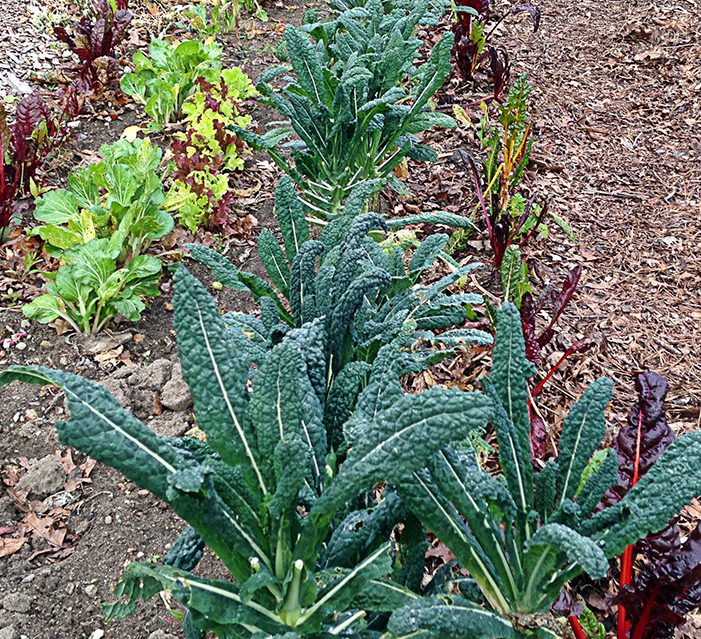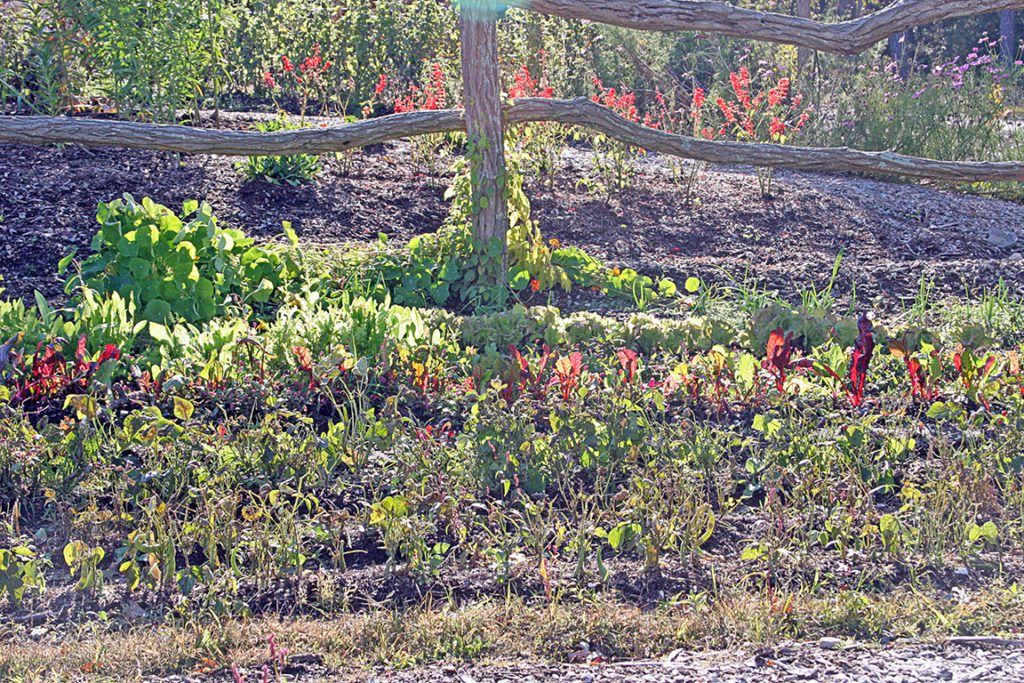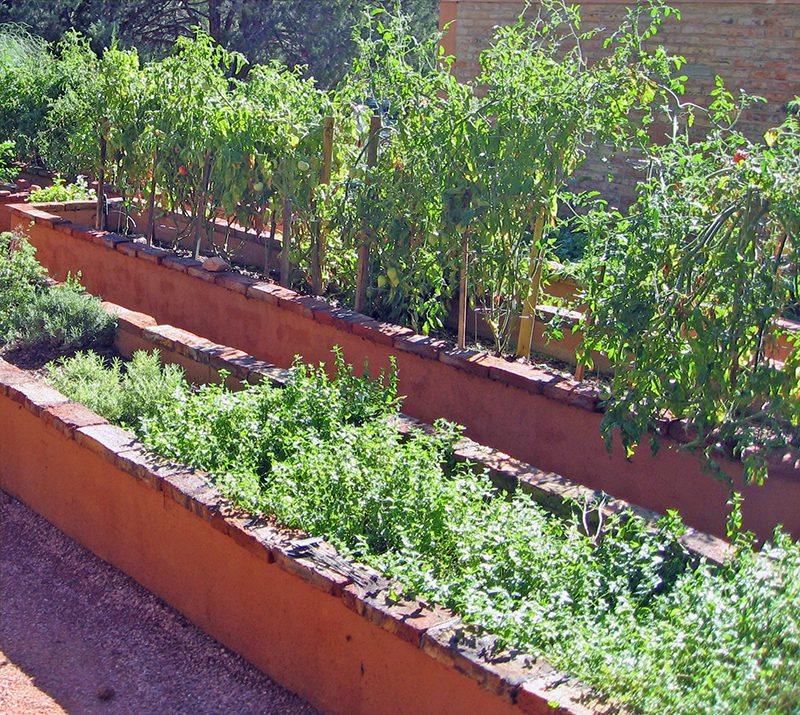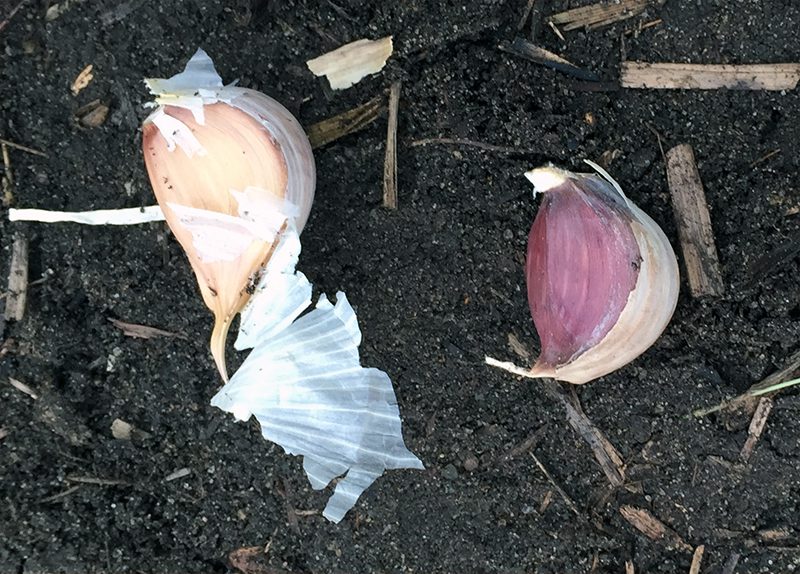Your Vegetable Garden in October
Your Vegetable Garden in October
What should I do in my vegetable garden now? How can I help prepare it for spring?
We’ve heard this from our customers, so this week’s blog lists ways you can help your vegetable garden as we go into the winter months.
Continue to harvest!
If you are growing chard, kale, lettuce, arugula, mustard greens, leeks, carrots and Brussels sprouts, you can continue to harvest into and through December. Pick the older, larger leaves on the greens so that the younger part of the plants continue to produce.


Clean up finished plants.
Once your warm weather plants have stopped producing, you can clean them out of the garden. If you are using no-till methods, cut off the stalks of tomatoes, beans, peppers etc at ground level, and leave the roots in the soil. If you typically turn your soil, you can either leave the roots or pull up the plants, with roots attached. Put plants that don’t have diseases in the compost, but pile those with early blight or powdery mildew in a brush or burn pile.

Top off the soil in your raised beds.
Over time, the soil sinks in raised beds. Fall is the perfect time to build it up again so that next year’s vegetables will be able to grow deeper, stronger root systems. If you can see more than two inches of the frames of your beds, you’ll want to add some loam as well as some compost. If there is less than two inches showing, you could apply just an inch of compost over the surface. Compost and loam can be put right on top of any remaining organic mulch.
If your vegetable garden is in the ground, you can refresh the soil with compost by spreading an inch or two over the surface.

After replenishing soil, it’s time to plant garlic!
October is the time to plant garlic on Cape Cod. Be sure to separate the cloves from the seed heads, and plant them individually. Dig a trench about three inches deep with a hoe, and place the cloves pointy side up in that trench. Space the cloves at least six inches apart. These will start to develop roots right away, and will usually sprout in November or December. Do not worry about those small green sprouts; the garlic plants will be fine through the winter. You do not have to protect garlic plants with mulch on Cape Cod, but you can place some Mainely Mulch (bagged, chopped hay) on the surface of the soil if you wish.

Do I need to plant a cover crop in my vegetable garden?
Cover crops are something that are very useful for farmers and large fields. They prevent the tilled soil from blowing away, and in the spring they are plowed under to act as a “green manure.” But home gardens are small enough so that this practice isn’t necessary. Home gardens are more easily amended with compost and composted manure, plus many are mulched with organic materials such as hay, seaweed or pine needles. Those mulches break down and feed the soil, whether they are left in place with the no-till methods or turned under in the spring.
You can also chop up the leaves that fall in your yard with a lawn mower and spread this on top of your vegetable garden. This can either be turned into the soil in the spring, or left as a mulch and just moved aside for planting.
Winter cover crops don’t hurt for home gardens, but know that they do need to be plowed under or turned using a tiller or shovel early in the spring.
Subscribe To Our Newsletter
Sign up for our weekly email about sales and events.
